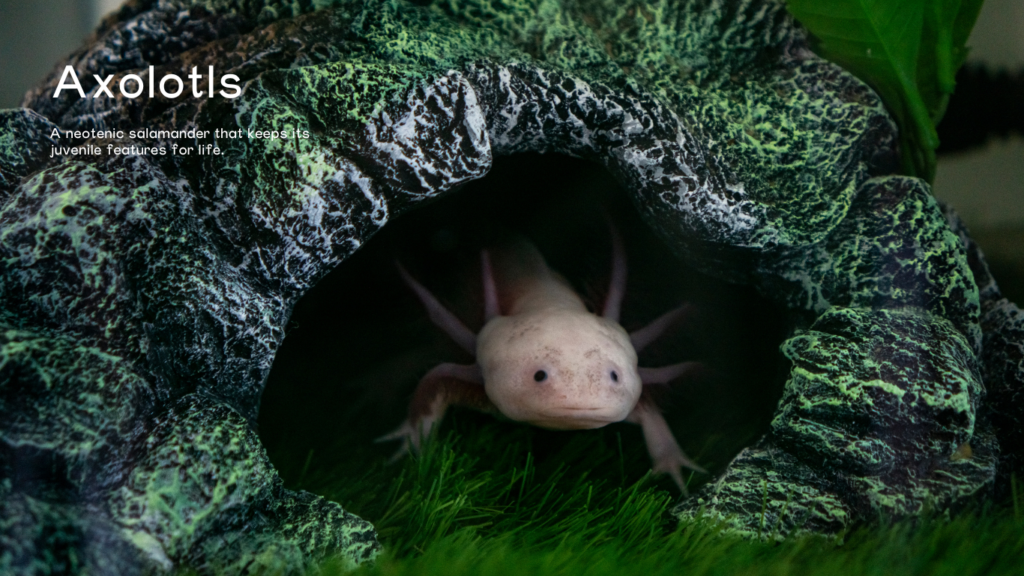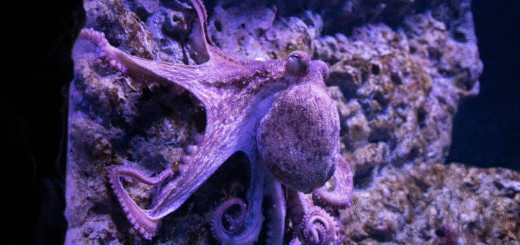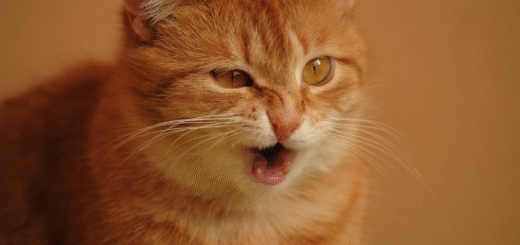The Fascinating World of Axolotls: A Unique Marvel of Nature
Axolotls (Ambystoma mexicanum) is one of the world’s most unique and captivating creatures. Often referred to as the “Mexican walking fish,” the axolotl is not actually a fish, but a neotenic salamander, meaning it retains juvenile characteristics throughout its life. Known for its ability to regenerate entire limbs and even parts of its spinal cord, heart, and other organs, the axolotl is a marvel in both the natural world and scientific research. This article delves into the biology, habitat, conservation status, and cultural significance of the axolotl, providing a comprehensive look at this extraordinary amphibian.

Physical Characteristics and Biology
Axolotls have distinct features that set them apart from other amphibians. Unlike most salamanders, axolotls do not undergo a complete metamorphosis from larva to adult. Instead, they exhibit what is called neoteny, a phenomenon where they retain larval features such as gills and a finned tail while reaching sexual maturity. This trait gives them a youthful, almost cartoonish appearance with external gills that look like feathery headdresses and lidless, expressive eyes.
They typically measure between 6 to 18 inches in length, with some rare individuals reaching up to 24 inches. Wild axolotls are often dark brown or greenish with speckled patterns, providing natural camouflage in their native habitat. However, captive breeding has led to a wide variety of colors, including albino, leucistic (pale with black eyes), golden, and even lavender varieties. Their bright colors make them popular as exotic pets, and the leucistic (pink with black eyes) axolotl has become especially iconic.
Habitat and Geographic Range
The axolotl is native to the lake complex of Xochimilco and Chalco near Mexico City. These lakes were part of a vast system of water bodies created by the ancient Aztecs, who recognized the importance of maintaining these wetlands. Over time, however, urbanization, pollution, and invasive species have devastated the habitat, leading to a dramatic reduction in the axolotl population.
Axolotls live in freshwater environments, preferring cool temperatures between 57 and 68 degrees Fahrenheit. Unlike most amphibians, axolotls are entirely aquatic and are perfectly adapted to their life in the water. They rely on their gills for respiration, though they also possess lungs and can occasionally be seen rising to the surface to take a gulp of air.
Diet and Behavior
Axolotls are carnivorous and feed primarily on small prey such as worms, insects, crustaceans, and small fish. They are ambush predators, lying motionless before snapping up their prey with a sudden suction movement. Axolotls have tiny, rudimentary teeth that help them grasp their prey, though they swallow it whole rather than chewing.
In the wild, axolotls are relatively solitary, spending much of their time hiding among aquatic vegetation or rocky crevices. They are more active during dawn and dusk, avoiding the bright light that can stress them. Interestingly, captive axolotls are known for their relatively tame behavior, often learning to recognize their caregivers and even coming to the surface to be hand-fed.
The Remarkable Regenerative Abilities
One of the most extraordinary aspects of axolotl biology is their ability to regenerate lost or damaged tissue. While some animals, like starfish, can regenerate certain body parts, axolotls can regenerate complex structures, including limbs, parts of their heart, spinal cord, and even brain tissue. This regenerative ability has made the axolotl a popular subject of scientific research, particularly in the fields of regenerative medicine and stem cell research.
Scientists are intrigued by the axolotl’s ability to avoid scarring during regeneration, which is unlike the human wound-healing process that often results in scar tissue. Studying how axolotls achieve such flawless regeneration could have significant implications for human medicine, potentially leading to treatments for injuries that were previously deemed permanent. Researchers have already begun to unlock the secrets of this process by studying the proteins and gene expressions involved in axolotl regeneration.
Axolotl in Culture and Mythology
The axolotl has long held a special place in Mexican culture. In Aztec mythology, the axolotl is associated with the god Xolotl, the deity of fire, lightning, and deformities, who was said to have transformed into an axolotl to avoid being sacrificed. The name “axolotl” itself is derived from the Nahuatl language of the Aztecs, meaning “water monster” or “water dog.”
Today, the axolotl has become a cultural icon in Mexico and beyond. Its popularity has spread internationally due to its unique appearance and almost mythical abilities, leading to a surge in demand for axolotls as exotic pets. However, this increased popularity has also brought challenges, as it creates a demand for captive-bred axolotls while their wild counterparts remain endangered.
Conservation Status and Challenges
Despite their increasing popularity in the pet trade and scientific research, wild axolotls are critically endangered. The destruction of their natural habitat in Xochimilco due to urban expansion, water pollution, and the introduction of invasive species such as tilapia and carp has led to a steep decline in axolotl populations. According to the International Union for Conservation of Nature (IUCN), axolotls are classified as critically endangered, with only a few hundred estimated to remain in the wild.
Efforts to conserve the axolotl have included creating captive breeding programs and establishing artificial habitats in hopes of reintroducing them into the wild. Additionally, environmental organizations and the Mexican government have launched campaigns to raise awareness about the axolotl and restore the waterways of Xochimilco. These efforts include removing invasive species, managing water pollution, and creating floating gardens, or chinampas, that provide safe habitats for axolotls.
Keeping Axolotls as Pets: Care and Considerations
Axolotls are unique and low-maintenance pets, though they require specific conditions to thrive in captivity. They need a well-maintained tank with cool, dechlorinated water, as they are sensitive to temperature and water quality changes. Their diet should mimic what they would eat in the wild, including worms, brine shrimp, and other high-protein foods.
Despite their popularity as pets, it is crucial to note that keeping an axolotl requires a commitment to maintaining their specific environmental needs. Their sensitive skin is prone to infection, and their aquarium should be free from sharp objects that could cause injury. When cared for properly, axolotls can live up to 15 years or more in captivity, but they are not recommended for beginners due to their specialized needs.
Future Prospects for the Axolotl
The future of axolotls, both in the wild and in scientific research, is uncertain. While they continue to be an invaluable asset to studies in regenerative medicine, conservation efforts to protect the remaining wild populations face significant challenges. Nevertheless, continued research into their biology holds promise, as scientists believe that unlocking the mysteries of their regeneration could open doors to groundbreaking medical advances.
Moreover, the axolotl serves as a symbol of the broader environmental issues facing species worldwide. Habitat destruction, pollution, and climate change are threatening countless animals, and the plight of the axolotl highlights the importance of conservation initiatives. For the axolotl to survive in the wild, there needs to be a concerted effort to protect and restore its natural habitat and to educate the public about the importance of preserving biodiversity.
Conclusion
The axolotl is a remarkable creature with an almost mythical appeal, embodying both scientific intrigue and cultural significance. With its adorable appearance, unmatched regenerative capabilities, and unique biology, it continues to captivate scientists and animal lovers around the world. However, its endangered status serves as a sobering reminder of the impact of human activity on the natural world. Protecting the axolotl’s future means addressing the environmental challenges that threaten it and taking inspiration from its resilience and adaptability. By preserving the axolotl, we preserve a window into the mysteries of life and the potential for future scientific breakthroughs that could benefit humanity.








